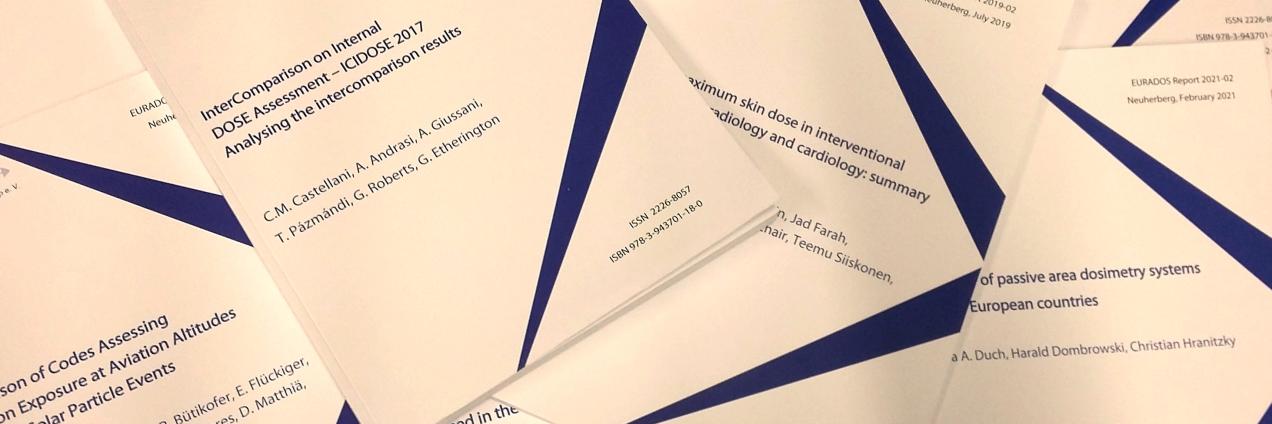EURADOS Report 2022-02 published: "Evaluation of the Impact of the New ICRU Operational Quantities and Recommendations for their Practical Application"

EURADOS Report 2022-02 "Evaluation of the Impact of the New ICRU Operational Quantities and Recommendations for their Practical Application"
P. Gilvin, M. Caresana, J.-F. Bottollier-Depois, V. Chumak, I. Clairand, J. Eakins, P. Ferrari, O. Hupe, P. Olko, A. Röttger, R.J. Tanner, F. Vanhavere, E. Bakhanova, V. Bandalo, D. Ekendahl, H. Hödlmoser, D. Matthiä, G. Reitz, M. Latocha, P. Beck, D. Thomas and R. Behrens
Abstract: The International Commissions on Radiation Units and Measurements (ICRU) and on Radiological Protection (ICRP) have published a joint report, as ICRU Report 95, recommending new operational quantities for use in radiological protection. The new quantities have been devised to address known problems with the existing ones, including the need to cover a wider range of radiation types and energies, for example arising from the increasing use of proton therapy in clinical procedures. Also related to changing practices is the increased importance of doses at diagnostic x-ray energies below about 80 keV, where the more frequent use of interventional procedures renders less acceptable the over-estimation given by the existing quantities. The new operational quantities are conceptually different from the existing ones, being defined using the same anthropomorphic voxel phantoms as are used to derive the protection quantities. ICRP have carried out a consultation process and ICRU have revised the report in the light of comments received.
As part of its strategic research agenda, EURADOS seeks to contribute to the development and understanding of fundamental dose concepts, such as the topic of operational quantities. Accordingly, we have carried out a project to evaluate the impact of the proposed quantities and to make recommendations for their application. The task group included experts drawn from across the various EURADOS working groups.
This report analyses the differences between the new and existing quantities before going on to examine the impact and application in the areas of: radiation protection practice, dosemeter and instrument design, calibration and reference fields, European and national regulation, and current published standards.
The new quantities will achieve the benefits of wider radiation type and energy coverage, and of improving representativeness in the diagnostic/ interventional photon energy range. The biggest negative impact will be in the area of dosemeter and instrument design. Here, the changes needed to achieve good responses to the new operational quantities will range from simple re-calibration to radical re-design; and some types of dosemeter may become obsolete. Significant investments are therefore required to achieve the aforementioned benefits.
We support the recommendation that the introduction of the new quantities should be phased over tens of years. Not only will this provide time for the costs and benefits to be fully assessed and the necessary research to be carried out, it will also allow for consideration of the parallel development of the planned new recommendations from ICRP.

